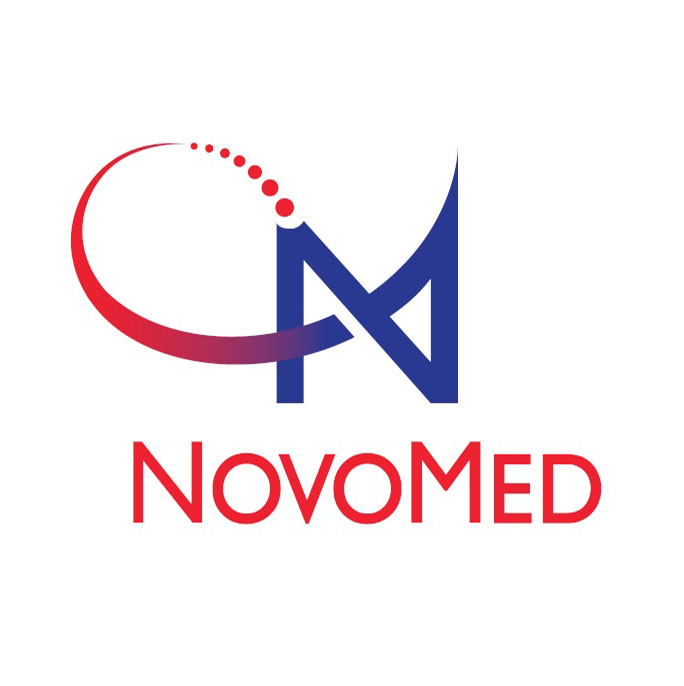Knowledge
Chronic Venous Diseases
Heavy legs, feeling of swelling and leg pain
A feeling of discomfort in your legs may be a sign of an underlying venous disorder. These symptoms include tired and achy legs. You may experience them especially when sitting or standing for prolongued hours. During summer time, those symptoms may increase due to the heat. These symptoms are typically associated with swollen feet and ankles (especially in the evening). As for edemas (swellings) that occur after several hours spent in transportation (airplane, car, train, bus), some easy tips will help you travel long distance with more comfort. Night cramps are seldom from venous origin. It is important to know that leg pains are not all of venous origin. It is therefore recommended to see your doctor in order for him/her to do a diagnosis and to propose the right treatment for you.
Spider veins
Definition:1 Confluence of dilated intradermal venules less than 1 mm in caliber. Synonyms include spider veins, hyphen webs, and thread veins. Those are small, dilated superficial veins, also known as teleangiectasias. They may be located in different areas of the leg. When found on thighs, they mostly represent merely an esthetic problem. However, when located at the ankle, they may depict a serious venous insufficiency. A visit to your physician can detect a possible venous insufficiency. And finally, for esthetic reasons, spider veins can be removed by various simple procedures.
Varicose veins
Definition:1 Subcutaneous dilated vein 3 mm in diameter or larger, measured in upright position. May involve saphenous veins, saphenous tributaries, ot nonsaphenous superficial leg veins.
Varicose veins are usually tortuous, but tubular saphenous veins with demonstrated reflux may be classified as varicose veins. Synonyms include varix, varices, and varicosities.Varicose veins are the sign of a more serious venous disease. A varicose vein is a dilated and tortuous superficial vein with defective valves. As a result, the blood in these veins flows backward. This condition is known as blood reflux. Varicose veins can be painful, or on the contrary totally painless. We can find them on the foot, the calf, the thigh or on the entire leg. If not treated, varicose veins can lead to serious complications.
Chronic Venous Insufficiency (CVI)
Definition:1 The term "chronic venous insufficiency" implies a functional abnormality of the venous system, and is usually reserved for more advanced disease, including edema, skin changes or venous ulcers.
Edema
Definition:1 Perceptible increase in volume of fluid in skin and subcutaneous tissue, characteristically intended with pressure. Venous edema usually occurs in ankle region, but may extend to leg and foot. The edema of the lower leg occurs when the blood stagnates in the superficial and/or deep veins of the leg. The capillaries can no longer play their role. Water and waste build up in the skin in the lower leg and induce a venous edema (swelling of the foot and the ankle). However, not all edemas are of venous origin. Consult your physician for proper diagnosis.
Wearing compression stocking will reduce or completely eliminate the edema. The pressure required will be determined by the physician as it depends on the underlying condition.
Dermatitis, Eczema
Definition:1 Erythematous dermatitis, which may progress to blistering, weeping, or scaling eruption of skin of leg. Most often located near varicose veins, but may be located anywhere in the leg. Usually seen in uncontrolled CVD, but may reflect sensitization to local therapy. The venous statis leads to inflammatory reactions in the skin which may also cause eczema. This is an example of what specialists call a stasis dermatitis.
Pigmentation
Definition:1 Brownish darkening of skin, resulting from extravasated blood. Usually occurs in ankle region, but may extend to leg and foot (1). The pigmentation will remain even after removal of the responsible varicose veins by surgery or sclerotherapy.
Lipodermatosclerosis (LDS)
Definition:1 Localized chronic inflammation and fibrosis of skin and subcutaneous tissues of lower leg, sometimes associated with scarring or contracture of Achilles tendon. LDS is sometimes preceded by diffuse inflammatory edema of the skin, which may be painful and which often is referred to as hypo-dermitis. LDS must be differentiated from lymphangitis, erysipelas, or cellulitis by their characteristi-cally different local signs and systemic features. LDS is a sign of severe CVD.1 These terms refer to an inflammation of the skin and underlying tissue, a thickening of the skin and a light to dark brown discoloration all found on the lower part of the leg.
White atrophy
Definition:1 Localized, often circular whitish and atrophic skin areas surrounded by dilated capillaries and sometimes hyperpigmentation. Sign of severe CVD, and not to be confused with healed ulcer scars. Scars of healed ulceration may also exhibit atrophic skin with pigmentary changes, but are distinguishable by history of ulceration and appearance from white atrophy, and are excluded from this definition.
Leg ulcer
Definition:1 Full-thickness defect of skin, most frequently in ankle region, that fails to heal spontaneously and is sustained by CVD (1). A leg ulcer is an open wound. It comes most of the time behind and above the ankle on the internal side of the leg. The ulcer is caused by venous stasis which is slow blood flow in the veins. Because the defective veins can no longer assume a good blood return, the cellular wastes are not well cleared up and trigger a toxic environment which prevents healing. A vicious cycle between chronic venous hypertension and secondary local phenomena develops. Therefore, ulcers will only heal when the venous hypertension is controlled either by eliminating the responsible varicose vein(s) or by applying very strong compression which is usually required when deep veins are affected. Only a doctor can prescribe the adapted treatment after all necessary exams are performed to identify the exact origin of the ulcer.
1 Eklof B, Rutherford RB, Bergan JJ, Carpentier PH, Glovicski P, Kistner RL, et al. Revision of the CEAP Classification of Chronic Venous Disorders: Consensus Statement. J Vasc Sur 2004;40:1248-52.




